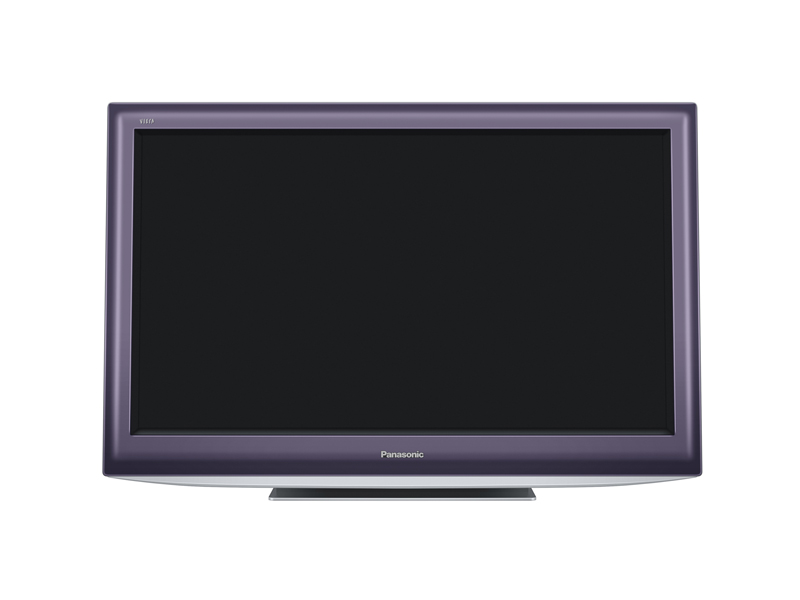Why you can trust TechRadar

Though we're pleased that Panasonic has turned its undoubted engineering know-how to LED tech, the TX-L32D28BP's embracing of Edge LED is technically something of a cop-out. 'Local dimming' (as found on higher-spec Full LED TVs) is therefore impossible – and it shows in the TX-L32D28BP's troublesome contrast.
Although hardly a terminal issue, the detail within dark areas of images takes on a 'black hole' look – though we did notice some light seepage from a portion of the bottom of the screen. Contrast isn't up there with (much cheaper) plasmas from the same brand's stable, and it leaves us asking why Panasonic doesn't make 32-inch plasmas (LG managed it with some success a couple of years ago).
Deep contrast
But this LED still manages a relatively wide contrast spectrum that sees both muted and bright footage dealt with well, with the former boasting splendidly scorching colours.
Choose True Cinema – a new picture preset for Panasonic that puts its LED lights on low – and films on Blu-ray sparkle, though its more basic Cinema setting is better with blacks. With little picture processing going on behind, a clean and highly detailed image emerges that's got stacks of depth.
What the TX-L32D28BP can struggle with is motion (particularly on camera pans), but be careful if using the 'cure', its Intelligent Frame Creation Pro feature. Included to literally smooth-over LCD tech's traditional problem with blur when showing video, IFC Pro inserts guessed-at frames of video into the action to create a moving image that's supremely fluid.
The drawback, unfortunately – and Panasonic TVs are in no way unique in this – is that a lot of fizzying artefacts appear around moving objects, such as character's heads. It can be quite distracting, so if you fancy giving IFC Pro a go, do leave it on its 'mid' setting for the least messy results.
Pictures from DVD are supposedly given a helping hand by Resolution Enhancer, which is again available in two strengths. Standard-def TV channels from Freeview and Freesat, meanwhile, do struggle to convince and are blighted by a great deal of digital noise and overt softness, despite the Resolution Enhancer working overtime.
Current page: Panasonic TX-L32D28BP: Picture quality
Prev Page Panasonic TX-L32D28BP: Features Next Page Panasonic TX-L32D28BP: Value and ease of useJamie is a freelance tech, travel and space journalist based in the UK. He’s been writing regularly for Techradar since it was launched in 2008 and also writes regularly for Forbes, The Telegraph, the South China Morning Post, Sky & Telescope and the Sky At Night magazine as well as other Future titles T3, Digital Camera World, All About Space and Space.com. He also edits two of his own websites, TravGear.com and WhenIsTheNextEclipse.com that reflect his obsession with travel gear and solar eclipse travel. He is the author of A Stargazing Program For Beginners (Springer, 2015),

